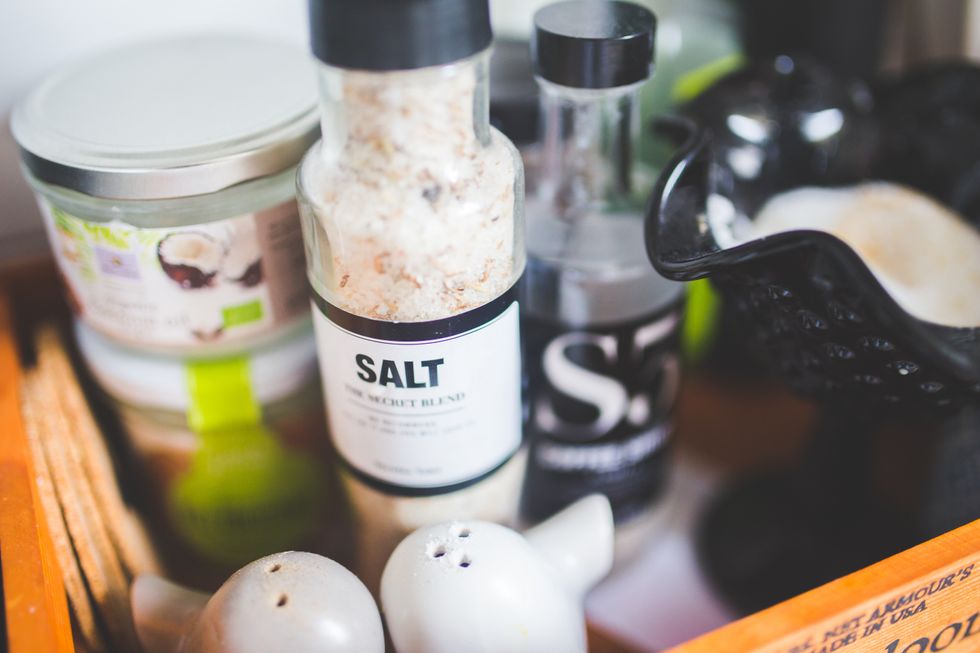The U.S. Food and Drug Administration has recently announced a guidance to decrease sodium in processed and packaged food products. Even though sodium is vital for many basic human activities like nerve and muscle function, having too much can create increased blood pressure, possibly leading to hypertension.
The most recent Dietary Guidelines suggest that both children over 14 and adults reduce their sodium intake to 2,300 milligrams a day. Most Americans consume more than the recommended amount of sodium. One way to lower your consumption of sodium is to substitute it with spices, herbs, and condiments.
Peppercorns
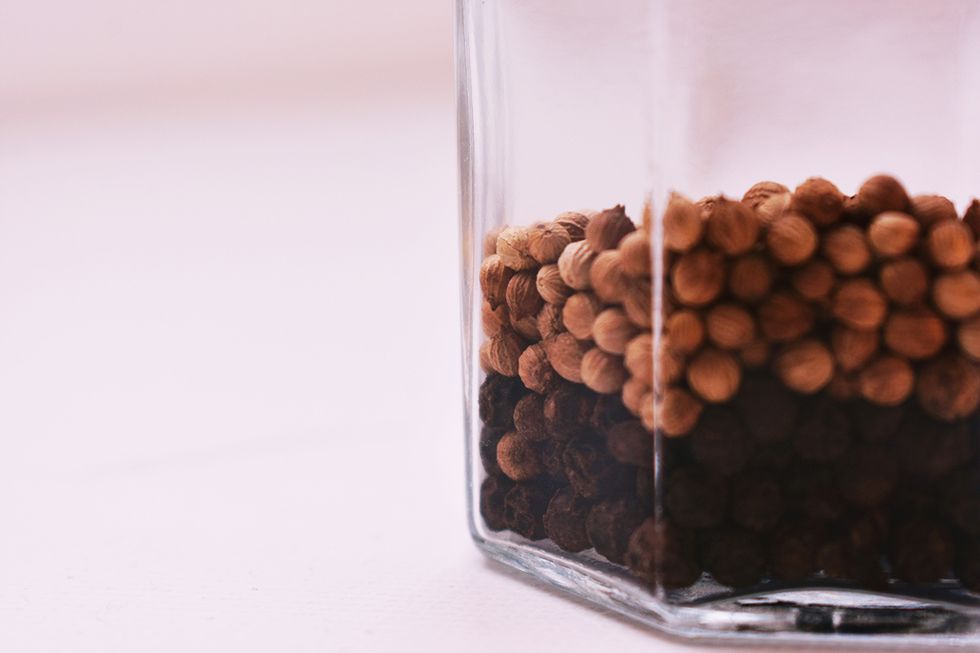
pexels.com
Most people consider peppercorns as the ground companion to salt but actually, peppercorns are dried seeds. Although black peppercorns are the most common type, there are many varieties of colored peppercorns like green, red, and yellow. They all differ in their flavor profiles, some are bitter, while others are sweeter.
A single tablespoon of peppercorns has 1.7 grams of fiber, as well as iron, calcium, and magnesium. So when you use it to substitute salt, you will also get a variety of other healthy nutrients, making peppercorn a great salt alternative.
Garlic
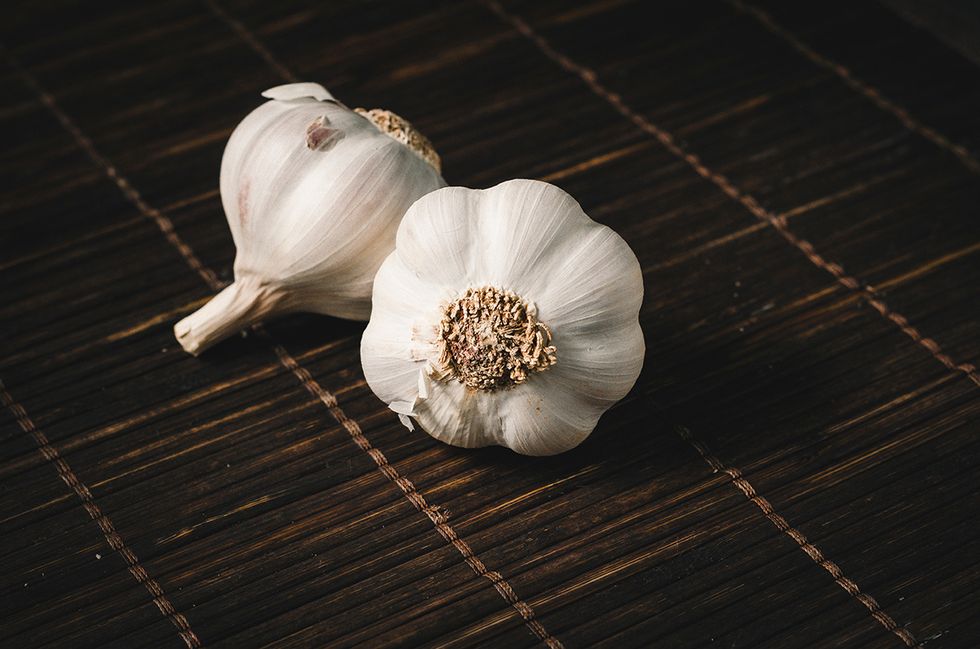
pexels.com
Garlic's culinary uses are practically unlimited and it also makes an excellent alternative to salt. Roasting garlic will provide a sweet and nutty flavor while using it raw will add a pungent and zesty taste to your food. To get the flavor of garlic without spending your time cutting or roasting it, try using garlic flakes or powder. Garlic works well with fish, chicken, red meat, and vegetables.
Some studies have shown that garlic was able to relieve pain and inflammation in osteoarthritis patients. Researchers believe the compound diallyl disulfide found in garlic may limit cartilage-damaging enzymes in human cells.
Lemon juice
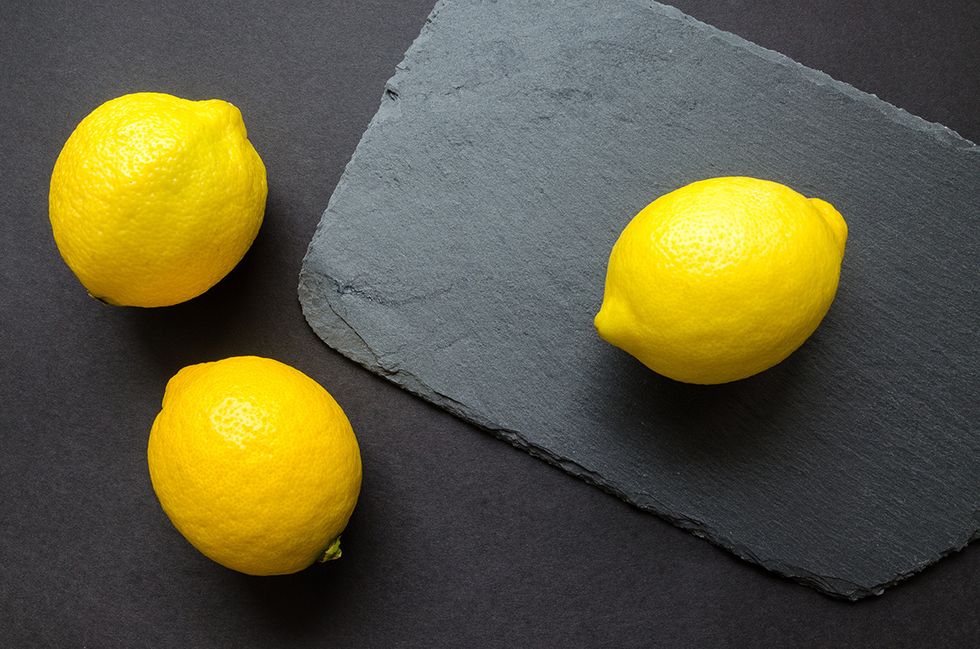
pexels.com
Vitamin C is a vital vitamin that promotes immune and bone health. Lemon juice and lemons are not only a great source of this vitamin, but can also work as an alternative to salt and brighten up the taste of food. You can pair lemon with almost anything, vegetables, fish, chicken, and even desserts and yogurt. To achieve a more subtle lemon taste, simply sprinkle some lemon zest. You can even use lemon as a marinade.
Cumin
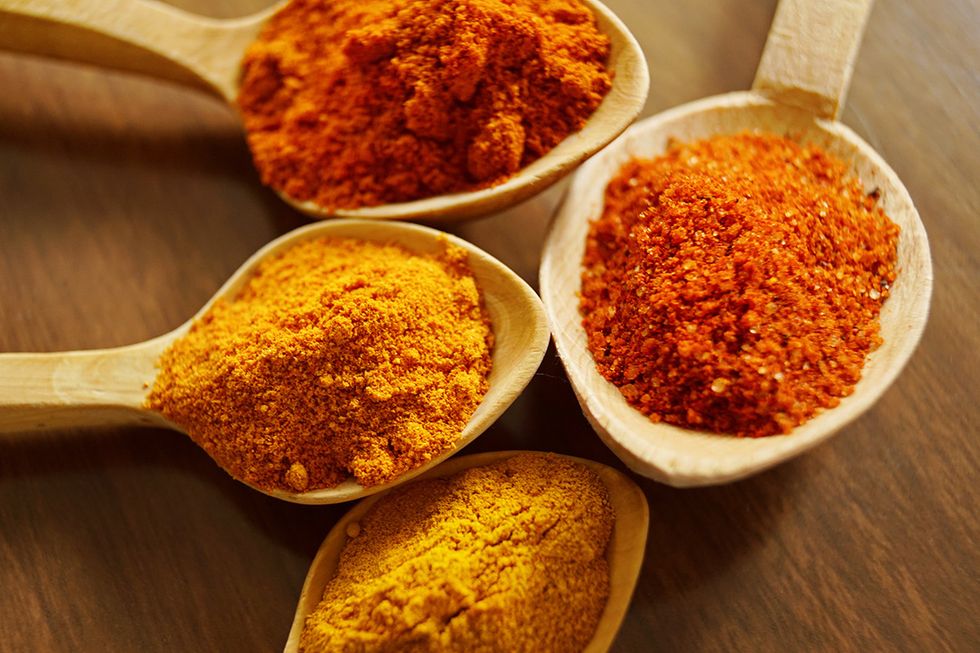
pexels.com
Like peppercorns, cumin is a dried seed and a member of the parsley family. Cummin adds a unique earthy and smoky flavor to food and is heavily used in North African, Southeast Asian, Thai, and Mexican cuisine. You can add cumin to savory dishes since it goes well with lean meats like beef, chicken, and lamb. Another advantage to cummin is that it has nutrients such as calcium, iron, vitamin A, and potassium.
Balsamic vinegar

pexels.com
Don't think of balsamic vinegar as just a salad condiment. It comes in many flavors such as cherry, lemon, chocolate, espresso, apple, garlic, and many more. With such a huge variety of flavors, its uses are endless. You can add the sweet, fruity flavors to ice cream, yogurt, and drinks. While chocolate and espresso flavors work well for marinating red meats. Lemon and garlic flavors are great to splash onto seafood, poultry, and vegetables.
Cayenne
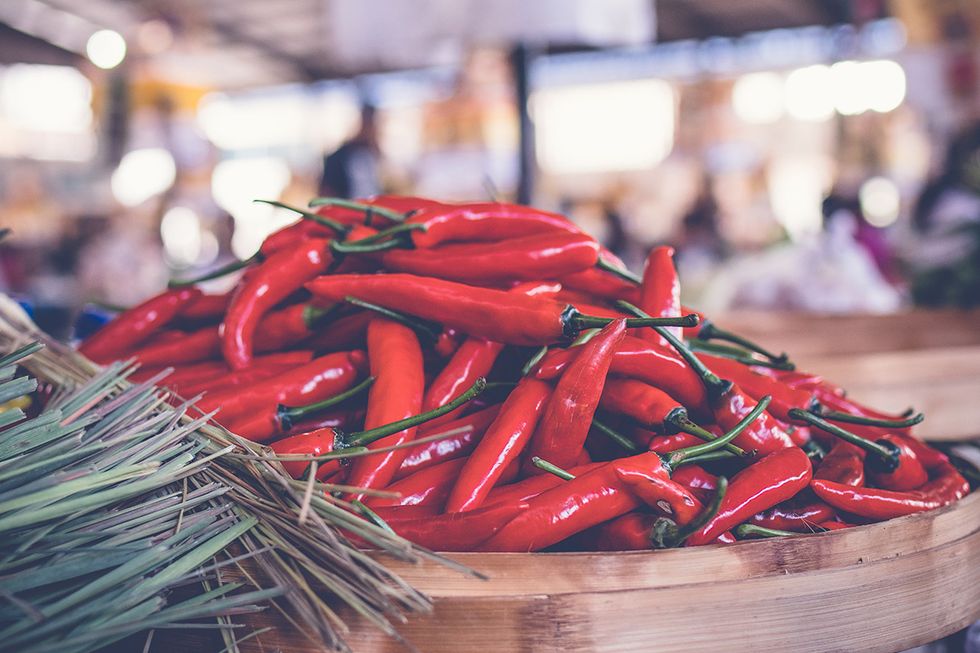
pexels.com
If you want to substitute salt and love spicy food, try using cayenne pepper. You can buy it dried, fresh, or powdered and use it on a variety of dishes including grains, meats, vegetables, and soups. Cayenne pepper is a good source of vitamin A, which promotes eye and immune health. Studies have also shown that spicy food can help with weight loss.

